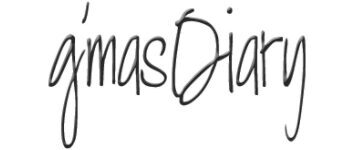
Hi! While I’ve been silent (no internet and moving) I have been busy. Moving 25+ years of stuff takes time. Luckily Kevin and I can take our time in doing so. Getting the kitchen started was on my list of first. After wiping down the cabinets and counter tops with hot soapy water I removed the old cabinet shelf liners.
This was an experience in itself. I’m a Wal-Mart girl, a one stop shop for me. Bought my supplies and home I went. It’s been years since I put cabinet liner down. Last time I bought the cheap vinyl flooring and cut to shelf size. Real easy for cleaning, however- the edges curled up over time. This time round I bought the EasyLiner brand shelf liner shown above.
After messing up several pieces, I finally figured out a much better way of measuring the size of the liner for the shelf. As simple as it sounds, I removed the shelf from the cabinet and laid it on the liner; drawing around the shelf.

As shown below- the left image the shelf was placed to the edge of the liner rolled out with the bottom side of the liner facing upward. The middle image is where I drew my line marking the length of board on the liner. Placing newspaper under the cabinet liner kept any marker ink off the counter top. And the right image the shelf was removed from the roll of shelf liner. Notice how the lines on the shelf paper are not straight? Prior to using this method, I was using the lines as my guide. I wasted several pieces of liner until using this adapted method.

The liner fits beautifully in the cabinets!

Not sure how long the liner will last. Have you used this type of cabinet shelf liner? How often have you had to change it out?
Until next time- take care!
Best Wishes,
![]()





